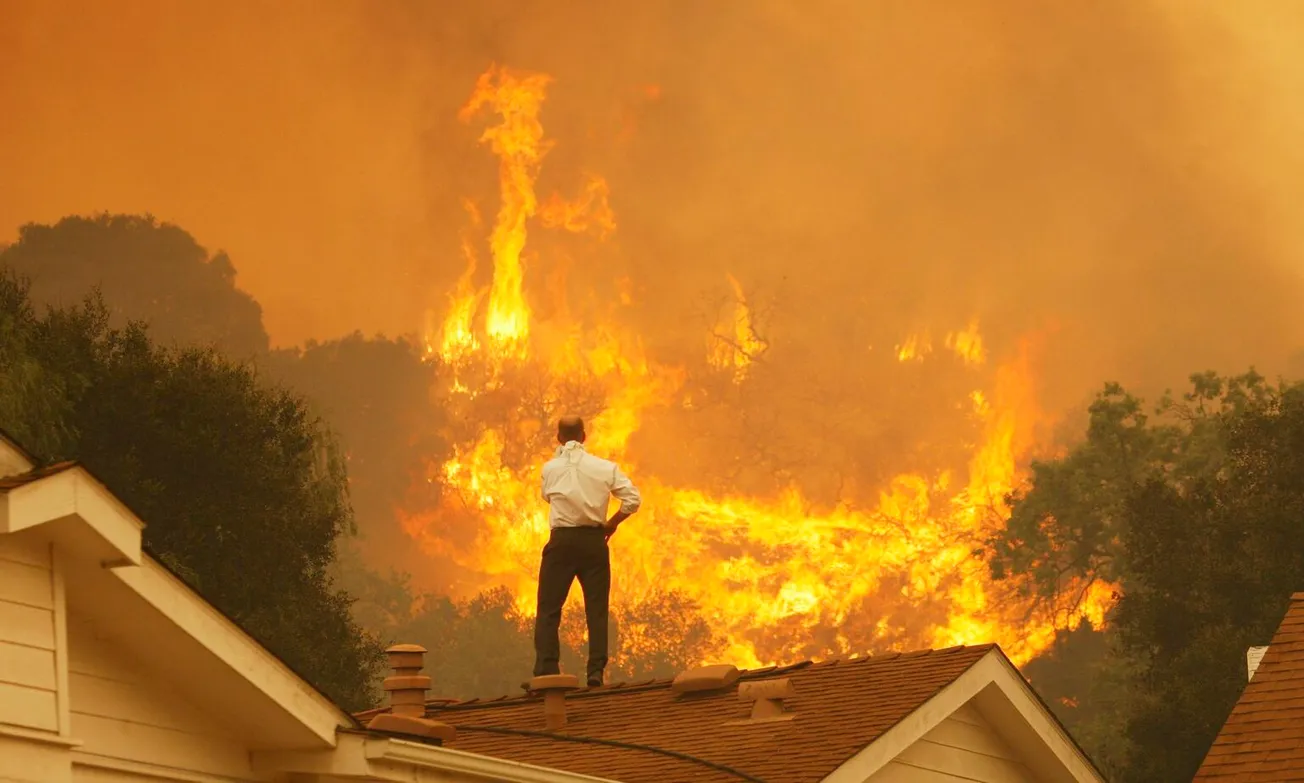It’s a surer sign of warm weather than the first swallow of spring: when the mainstream media ramp up their screeching chorus of climate change alarmism, you know summer’s here.
After all, even the most demented Millennial Stuff employee (I hesitate to use the word “journalist”) is dimly aware that they’re going to look a bit of a dill, gibbering about “global warming” on a miserable Wellington winter day. Just as the Founding Father of climate derangement, James Hansen, stage-managed his 80s Congressional testimony by arranging it to be scheduled on one of the hottest days of the year — and by quietly turning off the air-con — Climate Cult activists are like so many groundhogs, burrowing away and hiding from the winter months.
We’re subjected to the same weary cycle, every southern hemisphere: clueless, goldfish-brained Millennials doing their Chicken Little act as if each summer is the first one that’s ever had bushfires.
When it’s winter downunder, the climate dementoids fly north and carry on screeching.
Is the hazy stuff out there smoke billowing down from Quebec, or hot air emitted from smoggy-brained politicians and journalists? Chuck Schumer told the Senate on Wednesday that the smoke drifting over the Eastern Seaboard was caused by climate change. Alexandra Ocasio-Cortez said it showed the urgency of going greener faster. Proof of carbon pollution, lectured the Canadian minister of the environment. A stark reminder of climate change, intoned Biden.
Every news organization and weather app out there suddenly became experts on a new hazard — not smoke or fire, well-known phenomenons that have been extensively documented throughout history — but a new threat, both more nebulous and more ominous: “air quality.”
Nothing, I guess, shows just how comprehensively the Climate Cult have failed in their never-ending mission to scare the pants off sensible folk, than their reaching ever further, for sillier and sillier things to scaremonger about.
Electronic devices and weather stations began making unsolicited “air quality” reports. The New York Post made melodramatic comparisons with the aftermath of 9/11. Other outlets published analyses of the health risks of smoky air for pets and those in vulnerable states of health […] what’s next, “air quality” sirens that urge you to duck for cover when a diesel vehicle rolls by?
Your average climate change activist is, of course, an elite human being, further removed from the natural world than any human in history. Even the Ancien Regime royalty of the Sun King’s court had model rural villages to play in. The closest your average Extinction Rebellion type has ever got to the natural world is watching David Attenborough docos on their 4K tv.
No wonder they think forest fires are an unprecedented, unnatural calamity.
Wildfires are as normal as thunderstorms. They form part of the natural life cycle of North American forests. While of course some fires are caused by human carelessness or arson, most of the fires currently ravaging Quebec and northeastern Ontario are believed to be caused by lightning. Hate to shock the climate zealots, but lightning has been starting forest fires since long before the Romans began using fossil fuels to heat their baths in early Britain.
Spruce and pine forests, like the enormous ones spreading over northeastern Canada, are particularly susceptible to fire as they grow older. The trees grow ever more closely together, preventing light from reaching lower vegetation and branches, which die, dry out and then choke the still-living trees. Once enough dead brush and branches accumulate, it only takes a stroke of lightning in the right place for the forest to burst into flame.
Dying forest areas are thus cleared by fire, after which the vegetation returns. Plants driven underground regrow. New trees spring up. Invasive species and forest pests are reduced, while native species come back and flourish. Some kinds of seeds, such as those of the jack pine, actually require the stimulation of flame to break open and will only germinate in the aftermath of a wildfire.
While these fires are serious threats to human activity in the area, they benefit the ecosystem, and Canadian forest management practices are now taking into account the value of controlled burns, especially near inhabited areas, in order to achieve the benefits of wildfires while limiting the dangers.
Spectator Australia
All of the above is even more true of south-eastern Australia, one of the most fire-prone environments in the world. Even more than pines, eucalypts have evolved an almost symbiotic relationship with fire. Gum trees are practically living Molotov cocktails.
As in Canada, responsible forestry management must absolutely include fire — especially regular, controlled burns — to minimise the chances of catastrophe.
Unfortunately, “responsible” are not words one generally associates with either environmental activists or politicians. Thus, despite endless, repeated recommendations by post-bushfire inquiries, state governments regularly fail to carry out even a fraction of legally-mandated controlled burns.
And “tree-change” activists who campaign to stop controlled winter burns, as they did in Gippsland, are nowhere to be seen when the same area erupts into a catastrophic firestorm the following summer.









